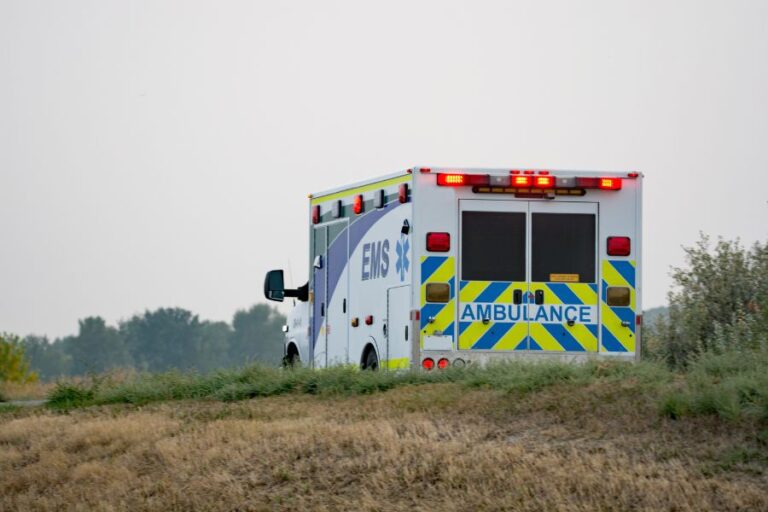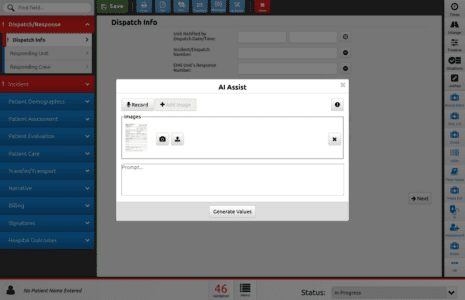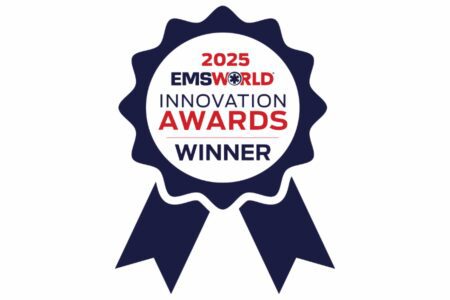Across Canada, community paramedicine programs are transforming how care is delivered. Once seen as an extension of emergency response, these initiatives are now recognized as essential healthcare services that help people manage chronic conditions, reduce avoidable 911 calls, and age safely at home.
In 2025, Ontario invested $89 million to make community paramedicine programs permanent, ensuring seniors and high-risk patients can receive proactive, in-home care rather than relying solely on hospital visits. This provincial commitment reflects a Canada-wide movement: from Nova Scotia to Alberta, paramedic services are expanding community health programs as a strategy to improve outcomes, reduce costs, and strengthen healthcare access.
To help agencies meet new requirements, ImageTrend has aligned its platform with Canadian standards, including delivery of the Ontario Ambulance Documentation Standards (OADS v4.0) dataset in March 2025, so paramedic services can stay compliant while expanding their role in preventative care.
Why Community Paramedicine Matters in Canada
Community paramedicine goes beyond emergency response by providing preventative, community-based care that addresses patient needs before they become emergencies. Instead of transporting every patient to the emergency department, paramedics can:
- Deliver in-home assessments and treatments.
- Connect patients to local resources and primary care.
- Monitor chronic illnesses such as chronic obstructive pulmonary disease, congestive heart failure, or diabetes.
- Reduce repeat 911 calls from high utilizers.
Canadian evidence shows this approach can have a meaningful impact. In Ontario, a cluster randomized clinical trial in social housing found that community paramedics not only connected more residents with primary care and home care services, but also reduced transfers to long-term care.
Beyond individual programs, thought leadership in the field is also calling for broader system change. A perspective published in SAGE Journals argues that Canada’s traditional 9-1-1 emergency response model is increasingly misaligned with public needs. The authors propose a more integrated, interprofessional approach—blending emergency response with proactive community and primary care.
Together, these findings underscore that community paramedicine is both a proven intervention and a necessary evolution in Canada’s healthcare system.
To sustain that momentum, programs need tools that make it possible to track progress and demonstrate impact. That’s where ImageTrend’s Community Health module supports agencies: by documenting every patient touchpoint, capturing social determinants of health, and turning data into insights that guide program growth.
Community Paramedicine Success Stories
While community paramedicine is still expanding in Canada, agencies across North America are already seeing measurable results with proactive, data-driven programs.
- West Allis (Wisconsin) reduced high-utilizer calls by 80%. Using ImageTrend’s Elite ePCR and Community Health module, they created tailored reports for fall prevention, substance use disorder, and heart failure patients, ensuring resources reached those most at risk.
- Sacramento Metro (California) treats 70% of lower-acuity calls in the field and has reduced high-utilizer cases by more than 43%. Their community paramedicine program logs every follow-up visit, phone call, and field encounter in the ImageTrend Platform, helping them demonstrate to stakeholders how proactive care saves both time and resources.
- Clayton County (Georgia) achieved a 50% reduction in repeat 911 usage and reported its first decrease in annual call volume in years. With ImageTrend’s reporting tools, they consolidated thousands of patient records and used dashboards to show near real-time impact to community partners.
These examples demonstrate how flexible documentation and analytics can turn good intentions into measurable improvements—illustrating approaches that could support Canadian agencies as they grow their community paramedicine programs.
Building the Future of Paramedic Services in Canada
Community paramedicine is not a trend; it’s the future of Canadian healthcare. With new funding and research supporting its impact, paramedic services are shifting from reactive emergency care to proactive, community-based programs.
ImageTrend supports this transition by providing tools built for community health:
- Patient Enrollment & Case Management: Easily track patients in chronic disease, fall prevention, or substance use programs.
- Social Determinants of Health (SDOH): Capture and analyze data on housing, food insecurity, or access to care.
- Configurable Reporting & Dashboards: Demonstrate program impact to provincial health ministries and community stakeholders.
- Adaptable Workflows: Adjust programs quickly as priorities change, whether for seniors, rural patients, or high utilizers.
By combining proven program models with tools that document outcomes, Canadian paramedic services can expand proactive care, reduce system strain, and improve quality of life for patients.
Canada’s Next Chapter in Paramedic-Led Care
Canada is embracing community paramedicine as a cornerstone of healthcare delivery, and paramedic services are leading the way. With permanent funding, supportive research, and successful examples to learn from, community paramedicine is redefining how Canadians access care.
ImageTrend supports this shift with solutions that not only ensure compliance but also give agencies the flexibility to design, measure, and grow impactful community paramedicine programs.
Discover how ImageTrend’s Community Health solution can help your paramedic service expand proactive care. Book a demo today.




